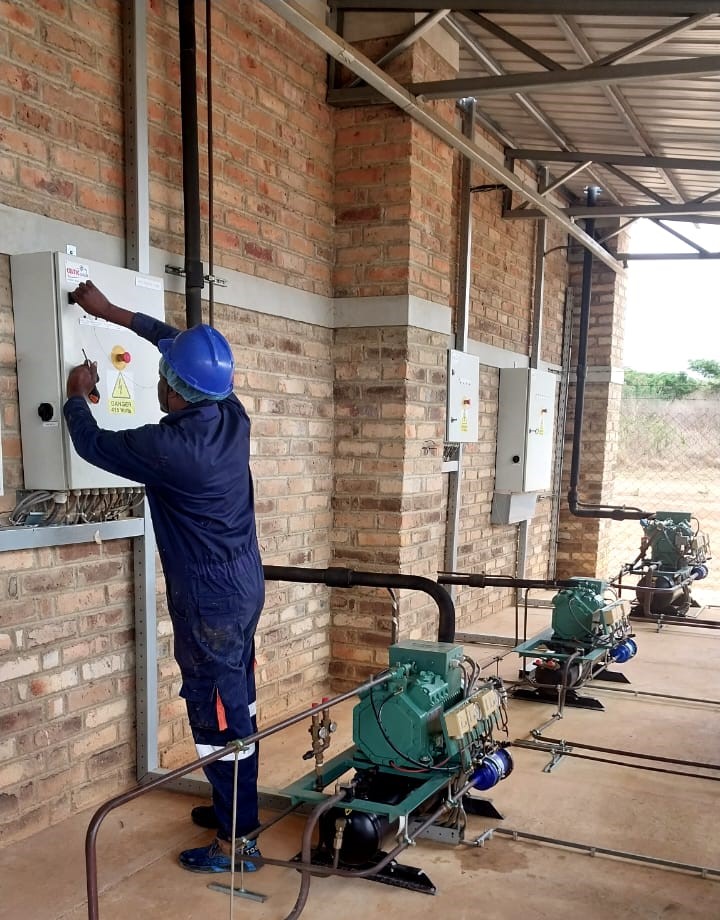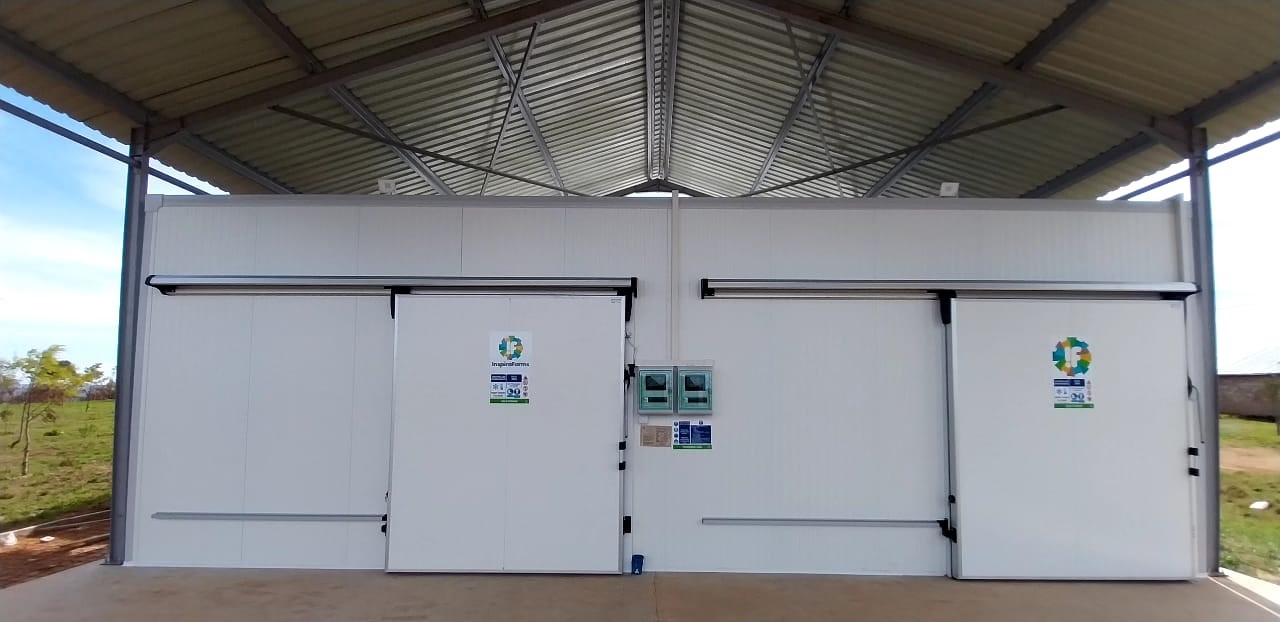Key Factors to Consider When Selecting Cold Room
For the last decade, InspiraFarms Cooling has installed cold rooms for a wide array of agribusinesses of all sizes, cutting across exporters, aggregators, 3PL, and local food distributors. By recognising the unique requirements of each client, including considerations such as size, power source, height restrictions, budget constraints, operational parameters, and payment preferences, we have crafted customised solutions to address each of these specific needs. In case you are considering an investment in a cold room in the near future, here are some key factors to consider when selecting the cold room that best aligns with your operational requirements:
1. Size and storage capacity
Ensuring the appropriate sizing of your cold room is essential, taking into account the volume of produce processed daily and the duration of storage required before dispatch. While it is good to plan for potential future growth by sizing up, it is crucial to avoid oversizing, as this can result in increased operational costs due to higher electricity consumption without fully utilising the available space. Moreover, investing in a cold room beyond your current needs may tie up capital that could be better utilised elsewhere in your export business, potentially limiting growth opportunities.
To address these considerations, besides customising cold rooms to however big you need, InspiraFarms offers entry-level cold rooms with storage capacities ranging from 4 tonnes to 10 tonnes and 20 tonnes. These solutions cater to various business sizes and requirements, providing efficient and cost-effective storage options. For more details, explore our range of entry-level cold rooms to find the right fit for your operations.
2. Location and installation constraints
When procuring a cold room, it is imperative to carefully consider various installation constraints that may arise. For instance, assessing the available power source is crucial, determining whether it is single-phase or three-phase, depending on the cooling capacity required for your cold room. Moreover, if installing an indoor cold room, limitations regarding maximum height may need to be taken into account. Additionally, the accessibility of installation equipment and ensuring safe operation, such as crane height, should not be overlooked.
Regular maintenance is paramount to ensure optimal efficiency in maintaining the correct temperature for stored produce. Conversely, if any component of the system malfunctions, such as compromised roofing or cracked walls, it can lead to inefficient and inconsistent cooling due to cold air leakage. Therefore, partnering with a service provider capable of conducting regular inspections and maintenance on your cooling equipment is essential for risk management and sustained performance.

3. Temperature requirements
It is essential to carefully assess the temperature requirements of the products you intend to store. Different types of produce have varying temperature needs to maintain freshness and quality. For instance, apples typically require storage at 0 degrees Celsius, while avocados thrive at around +7 degrees Celsius. Similarly, mangoes are best stored at 13 degrees Celsius, and lychees maintain their quality at +7 degrees Celsius.
Cold rooms are available in a range of configurations to accommodate different temperature requirements:
- Ambient: 15°C to 30°C
- Cool: 10°C to 15°C
- Refrigerated: 0°C to 10°C
- Frozen: -30°C to 0°C
It is crucial to ensure that the chosen cold room aligns precisely with your specific temperature needs as well as any market requirements. Additionally, it is worth noting that the temperature requirements directly influence the kilowatts or cooling power of the cold room, which typically ranges from 8 to 100+kW of thermal power depending on the type of crop and cycle time. Therefore, carefully considering these factors will help ensure optimal storage conditions for your products.
4. Insulation quality and energy efficiency
Ensuring consistent temperatures and energy efficiency in your cold room is paramount, and high-quality insulation plays a pivotal role in achieving this goal. It is important to engage a service provider who considers the significance of employing durable walls and ceilings, as this directly impacts temperature control. Inadequate insulation or defective panels can lead to temperature fluctuations within the cold room, resulting in reduced shelf life and potential customer complaints.
Moreover, the quality of sandwich panels utilised significantly influences energy efficiency. Opting for superior insulation minimises heat transfer, thereby relieving strain on the cooling system. This not only enhances energy efficiency but also mitigates operational costs associated with maintaining optimal temperature levels within the cold room.
At InspiraFarms Cooling, we prioritise the use of high-density closed-cell PUR (Polyurethane) cold room sandwich panels from ISPOPAN, each 100mm thick. This choice ensures exceptional durability and energy efficiency, irrespective of prevailing climatic conditions.
In conclusion
In conclusion, selecting the right cold room for your business is a critical decision that requires careful consideration of various factors. At InspiraFarms Cooling, we have a proven track record of providing tailored solutions to meet the unique needs of agribusinesses across different sectors and sizes. By understanding the specific requirements of each client, we ensure that our cold rooms address key considerations such as size, insulation quality, temperature requirements, and installation constraints. Interested in one of our solutions? Ask for a quote here.



